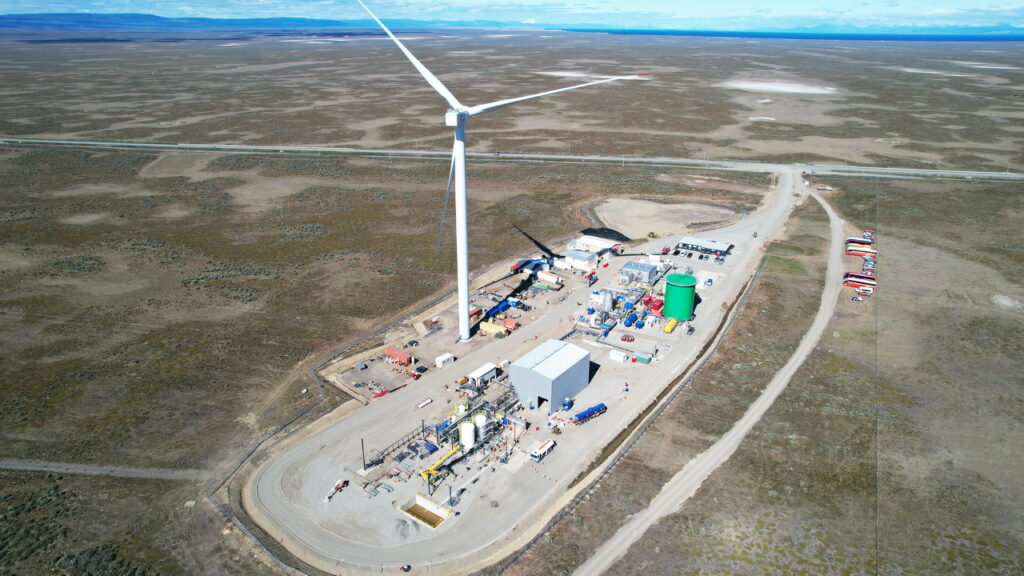The Chilean company HIF (Highly Innovative Fuels) has officially started the industrial-scale production of eFuel, an innovative type of gasoline that is not derived from petroleum. What draws attention is that this fuel uses air and water as part of its components.
This project received an investment of US$260 million and has the German automaker Porsche as one of its main investors. And despite the trend toward electric vehicles in the automotive industry, companies like Porsche and others are exploring new technologies for producing cleaner synthetic fuels. This aims to reduce polluting emissions into the atmosphere, since there are still more than 1.3 billion vehicles with combustion engines in operation around the world, a market that eFuel intends to serve.
For better understanding – in practice, eFuel is produced through electrolysis, which separates hydrogen and oxygen atoms from water. Subsequently, the carbon dioxide (CO2) present in the atmosphere is captured to combine with the hydrogen extracted from the water. Additionally, eFuel production is powered by energy from wind turbines. HIF ensures that eFuel is cleaner and has a neutral carbon footprint, being fully compatible with existing vehicle engines and requiring no modifications.
This fuel, which does not use oil in its composition, can be used in trucks, ships and planes, with the supply process taking advantage of existing infrastructure, including oil pipelines and fuel stations. In addition to being a sustainable alternative, the manufacture of eFuel removes 230 thousand tons of CO2 from the atmosphere annually.
During the pilot phase, production estimated around 130 thousand liters of eFuel per year. The expectation is that this volume will increase to 55 million liters by the middle of this decade (per year). By 2027, annual production could reach 550 million liters.
Chile was chosen as the production location due to the ideal conditions for producing this synthetic fuel, as the region has constant winds throughout the year, allowing wind turbines to operate efficiently. In fact, the factory is also located in Punta Arenas, close to the Strait of Magellan, which makes it easier to export the fuel by ship around the world.




